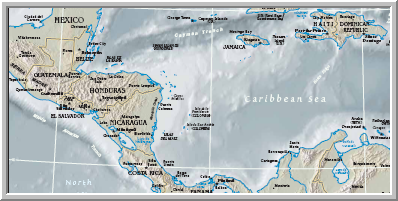|
Consider these two articles on the DR-CAFTA trade agreement.
The first one, Cane
mutiny: sugar producers, free-trade advocates clash over DR-CAFTA's
potential impact on the industry, was published in a Florida
newspaper in April, 2005. From this article's perspective, the
most important aspects of DR-CAFTA are the effects it would
have on the US sugar industry and the possible future role of
Florida as the epicenter of trade with nations throughout the
Americas.
The second article, Foes
of CAFTA say their war is just beginning, was reported by
the Inter Press Service, an international wire service, in December,
2004. It focuses mainly on the effects DR-CAFTA would have for
Central American farmers, workers, consumers and small businesses.
Each of these articles addresses the same general issue (whether
DR-CAFTA should be ratified by legislatures in the member nations),
but in each case the journalist started out with different assumptions
about what was the central, important aspect of the issue to
address. This led them to interview certain people and ask them
particular questions, which in turn resulted in each article
reflecting certain perspectives on the issue. While they both
address the potential impacts of DR-CAFTA, they each explore
how it would affect different populations and local economies.
page 3/11
|

DR-CAFTA stands for Dominican Republic-Central American
Free Trade Agreement. Before the Dominican Republic, a Caribbean
nation, joined the negotiations in 2004, the trade pact was
known simply as CAFTA and is often still referred to that way.
Map courtesy of the University of Texas Libraries,
The University of Texas at Austin.
|